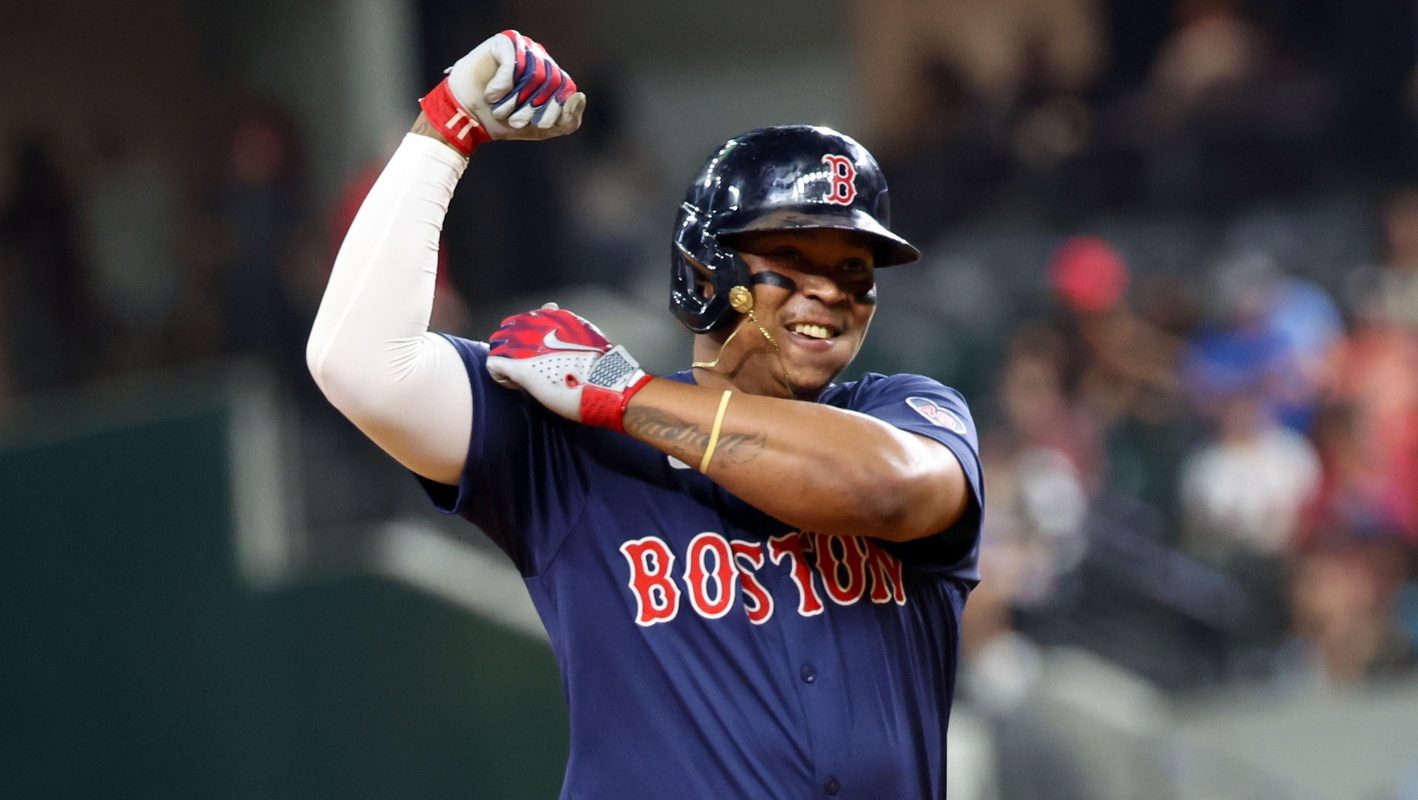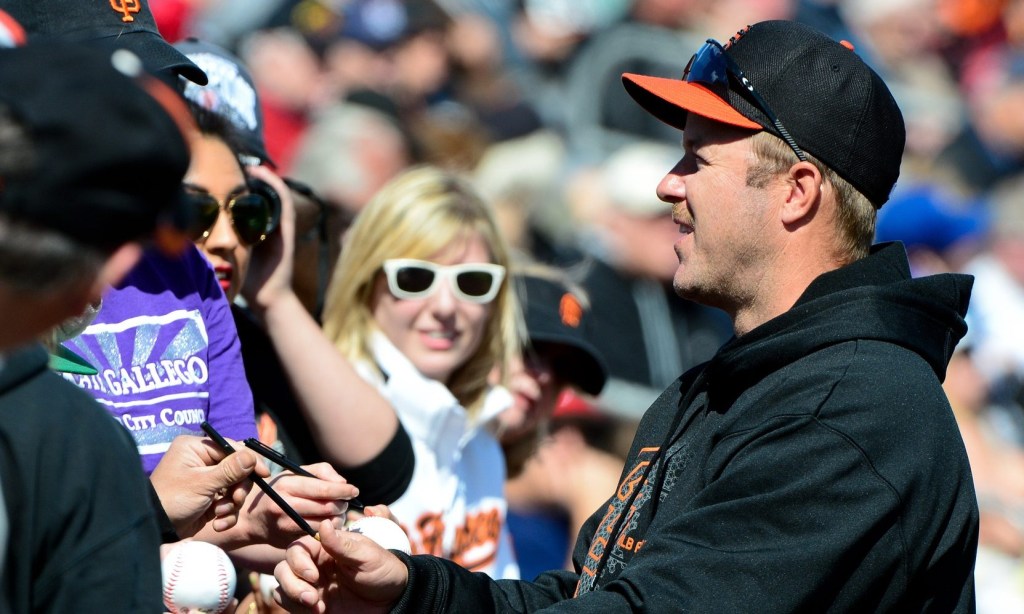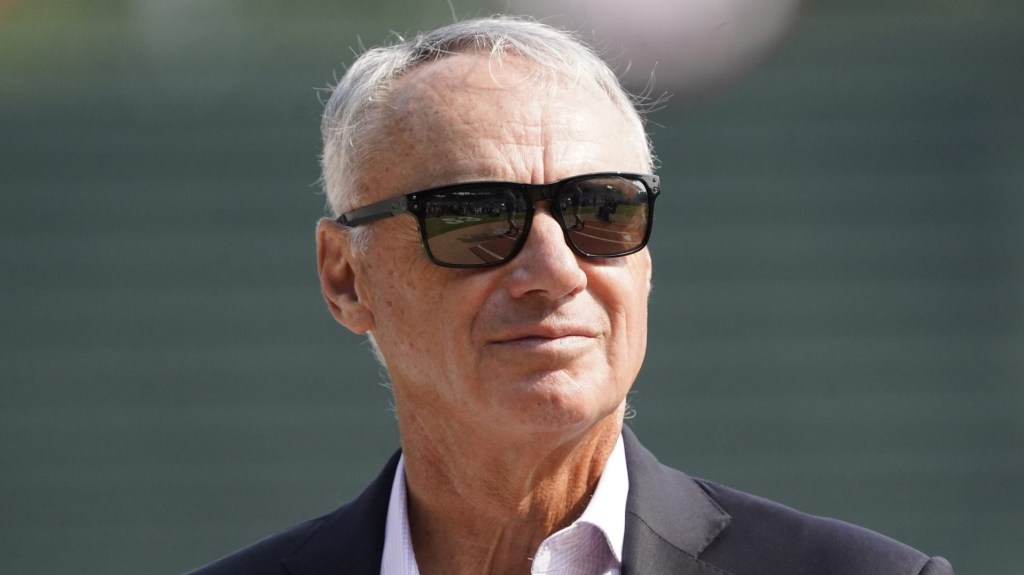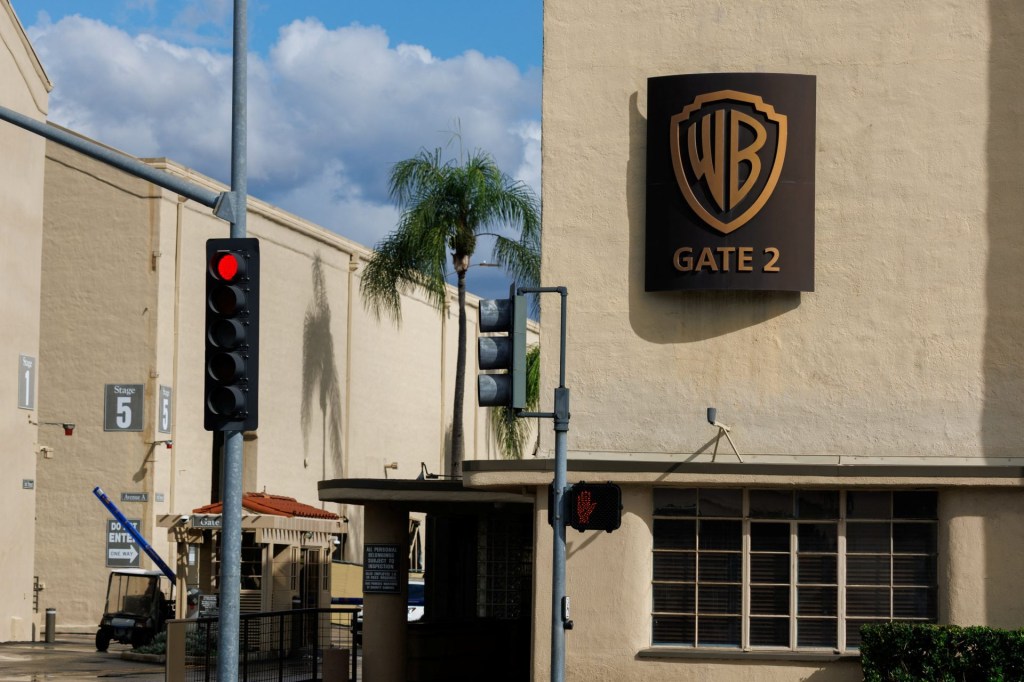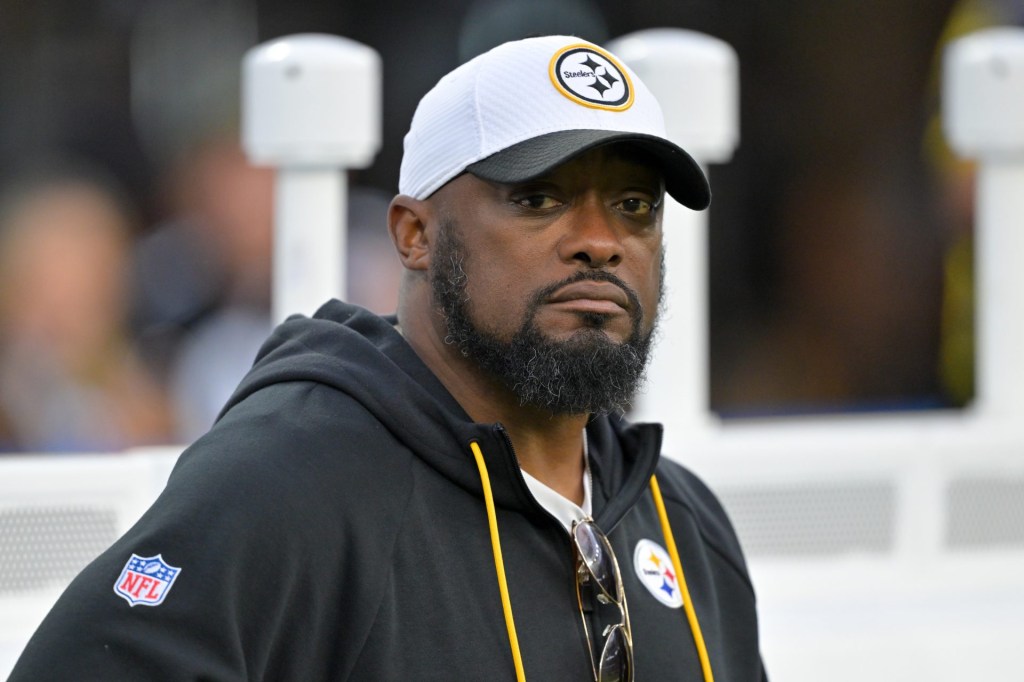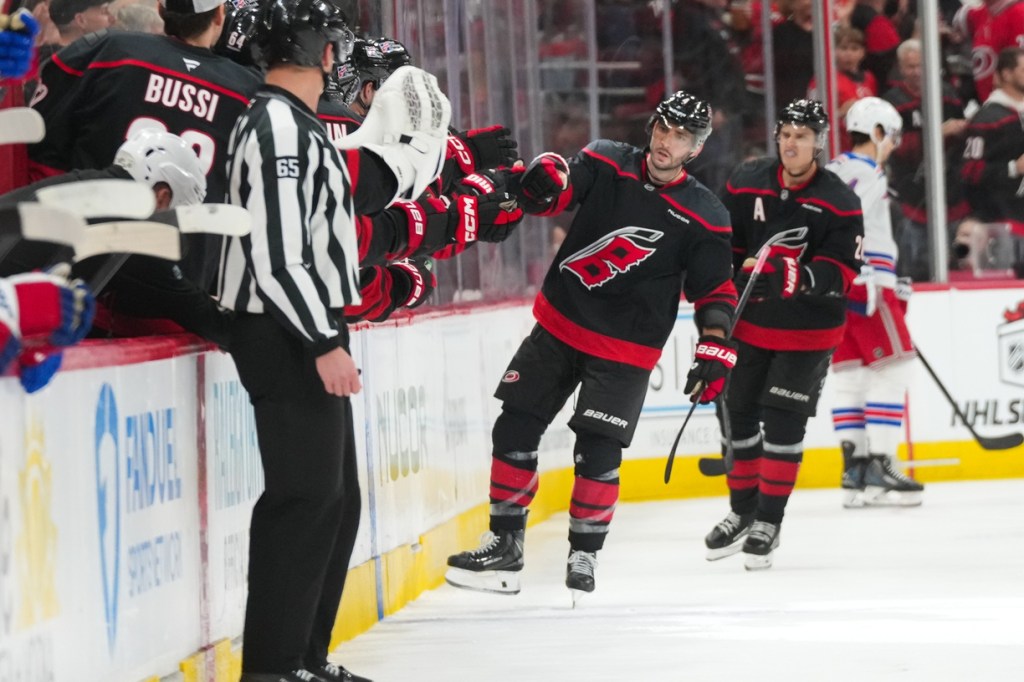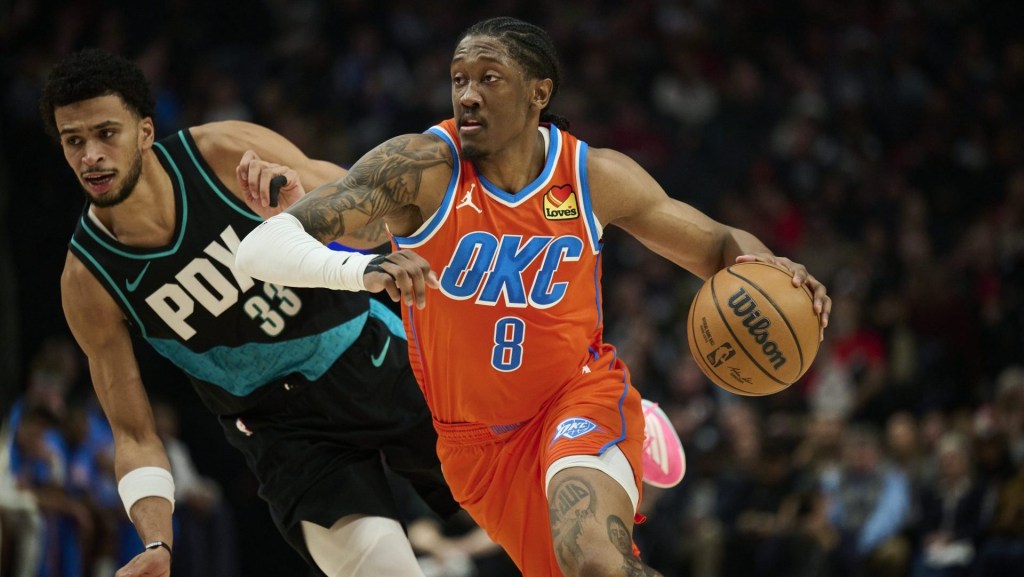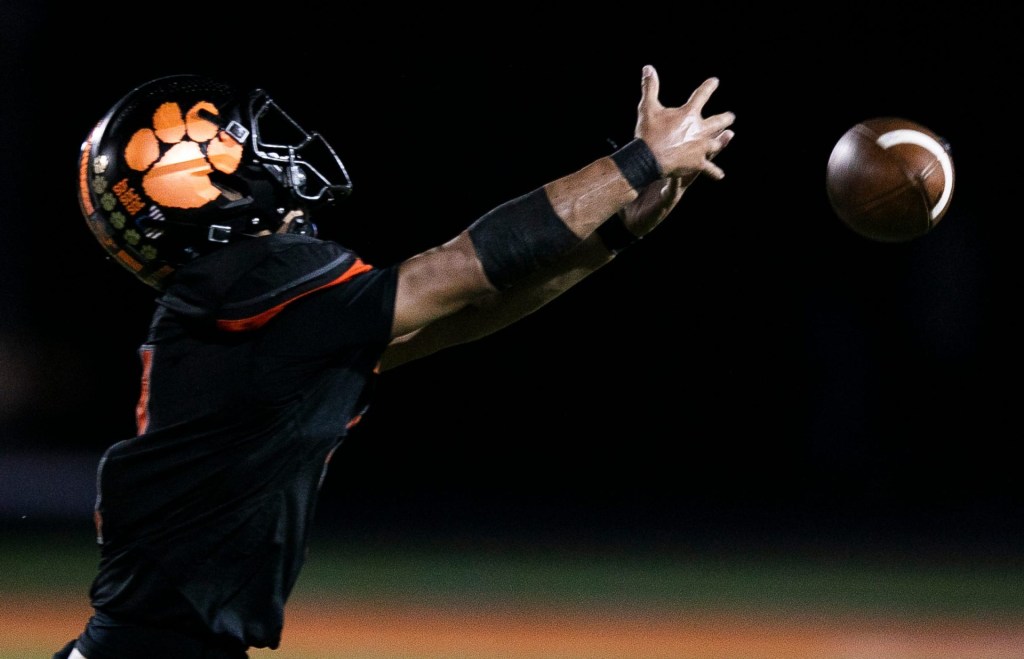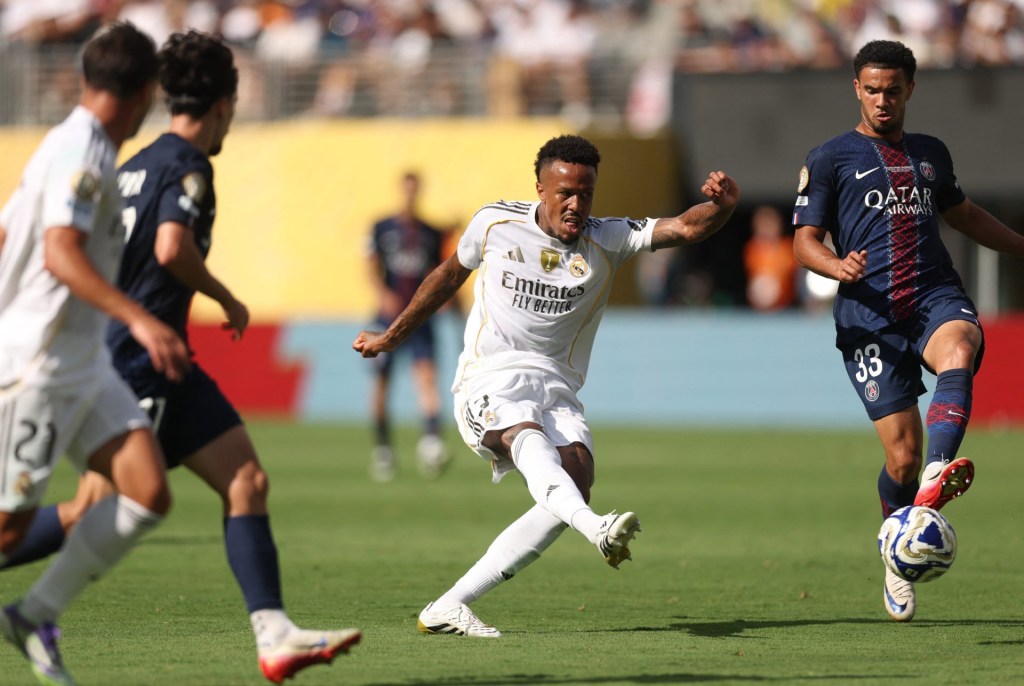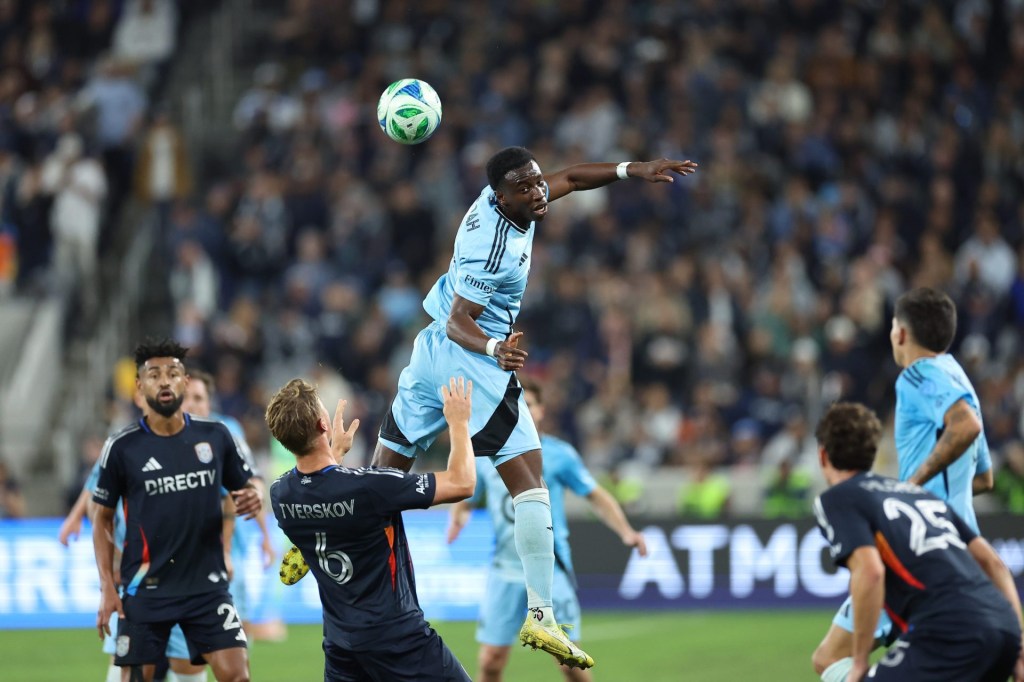MLB’s Giants have made arguably their biggest step yet in an ongoing push to return to baseball prominence, landing one of the sport’s best pure hitters while also sending a clear message to the rest of the league of their financial intentions.
The Giants completed a blockbuster trade Sunday with Boston, landing Rafael Devers, parting with two pitchers and two prospects, but also assuming all of the more than $250 million left on the 10-year, $313.5 million contract of Devers, the 15th-largest player deal in MLB history.
A decade ago, San Francisco was enjoying a burgeoning status as one of MLB’s most dominant franchises, boasting three World Series titles in the prior five seasons while also significantly influencing the broader business of sports in a series of other ways spanning technology, ballpark usage, and ticketing. The combined success had the Giants challenging the likes of the Yankees, Dodgers, and Cubs as one of the foremost powers in baseball.
Since then, though, the Giants have been on an extended run of relative obscurity. After that last championship in 2014, the team has posted six losing seasons, has seen attendance drop precipitously, and has gone through four different leadership regimes in baseball operations.
That all could be ending as the current organization, led by the president of baseball operations and former franchise icon, Buster Posey, is finding new levels of traction in the rebuild. Even before the Devers trade, the Giants were just behind the Dodgers in the National League West division, and were enjoying their best season in 2021 as Posey continues to get more entrenched after starting the front office role last fall.
Getting Devers, a three-time All-Star, on the roster through a trade also showed a more creative approach after prior free-agent pursuits of superstars such as Aaron Judge and Shohei Ohtani came up short, with the expansive dimensions and pitcher-friendly attributes of Oracle Park thought to be a deterrent to some hitters.
“It’s really hard to acquire this type of talent at this point in his career,” Posey said of the 28-year-old Devers.
The Big Money
The arrival of Devers and his contract brings the Giants’ luxury-tax payroll to 2025 to more than $220 million, 12th highest in the league, but still below MLB’s initial tax threshold this year of $241 million. The current outlay is the second-highest in franchise history, trailing only last year’s $249 million padded heavily by a one-year, $32 million stint from pitcher Blake Snell before he joined the rival Dodgers last offseason.
While those Dodgers continue to spend at an unprecedented level, pushing their outlay this year beyond $400 million, the Giants under Posey have showed much more aggressiveness, extending third baseman Matt Chapman in a six-year, $151 million deal, and signing shortstop Willy Adames last offseason to a seven-year, $182 million pact. The Giants now have more than $164 million in committed salary already for next year, eighth highest in MLB, and $117 million for 2027 and the same amount in 2028.
The Adames deal has yet to pay off amid struggles at the plate, and Chapman is currently injured, but Posey insisted the latest move was more than worth it.
“We’re obviously taking on a lot of money. We’re giving up some pitching. We’re giving up our first-round [draft] pick from last year, so it didn’t come without a cost,” he said. “But we felt like this was a chance to take a shot.”
